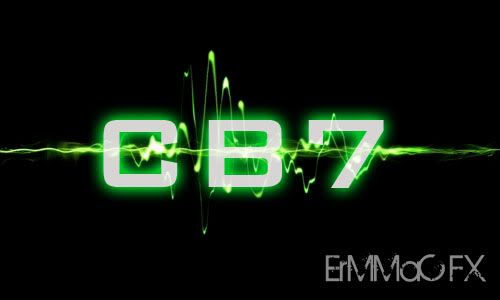Alright guys (and gals lol) I recently bought a Nikon L820 and I am completely new to photography with a more advance camera like this one. I am more used to the basic slim digital cameras that are to just shove in your pocket and move on.
I bought this one for my trip to the UK in July and I started using it when at a Disney park last weekend. So far my pics are coming out great! I love the 30 optic zoom when shooting from afar and the pictures are way better than I expected (definitely better than my iphone!).
Somethings I have struggled with that hopefully you guys can help me with are night photos and inside photos (where sun isnt the direct light)
I started by reading the manual as all the lingo in photography is new to me and this camera has a bunch of settings I have no idea what they do.
What I have tried to do is when taking a dark photo is raising the "exposure composition" and keeping the flash off, but also have tried to with the flash and my results either come out with a lot of blur or just not that great quality
As for the inside the house photos they tend to come out with a lot of "noise" in the picture and when I reduce the ISO,whatever that means, I searched online and says that reducing from 1600 to 200 or something low when taking a picture it tends to reduce the noise in the picture quality.
What are some helpful pointers to get a great quality picture in darker places?
Heres the camera specifications:
http://www.bestbuy.com/site/Coolpix+...specifications
(hopefully it was a decent buy because I tried to do some research on qualities to look for in a good camera and the optic zoom and a good low aperture range would be decent as well as image stabilization for long range shots and I am not a serious enough photographer for an SLR lol)
I will post some of my pics in a little while once I get to my Windows computer, bros mac laptop has no slot for SD cards -.- 1000 bucks on a computer and it doesnt have the basics lol
I bought this one for my trip to the UK in July and I started using it when at a Disney park last weekend. So far my pics are coming out great! I love the 30 optic zoom when shooting from afar and the pictures are way better than I expected (definitely better than my iphone!).
Somethings I have struggled with that hopefully you guys can help me with are night photos and inside photos (where sun isnt the direct light)
I started by reading the manual as all the lingo in photography is new to me and this camera has a bunch of settings I have no idea what they do.
What I have tried to do is when taking a dark photo is raising the "exposure composition" and keeping the flash off, but also have tried to with the flash and my results either come out with a lot of blur or just not that great quality

As for the inside the house photos they tend to come out with a lot of "noise" in the picture and when I reduce the ISO,whatever that means, I searched online and says that reducing from 1600 to 200 or something low when taking a picture it tends to reduce the noise in the picture quality.
What are some helpful pointers to get a great quality picture in darker places?
Heres the camera specifications:
http://www.bestbuy.com/site/Coolpix+...specifications
(hopefully it was a decent buy because I tried to do some research on qualities to look for in a good camera and the optic zoom and a good low aperture range would be decent as well as image stabilization for long range shots and I am not a serious enough photographer for an SLR lol)
I will post some of my pics in a little while once I get to my Windows computer, bros mac laptop has no slot for SD cards -.- 1000 bucks on a computer and it doesnt have the basics lol





Comment